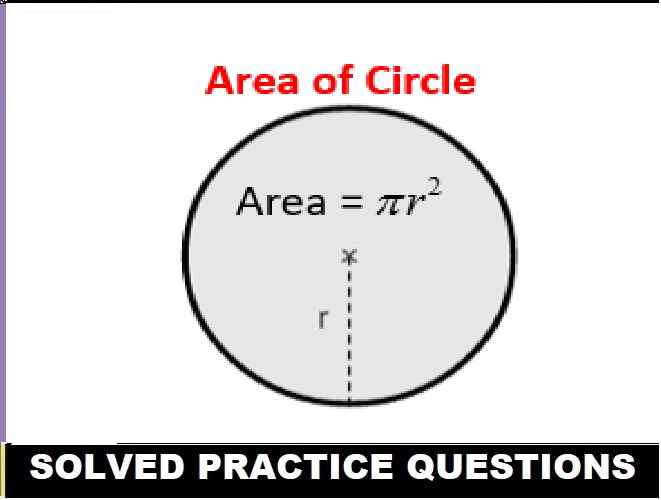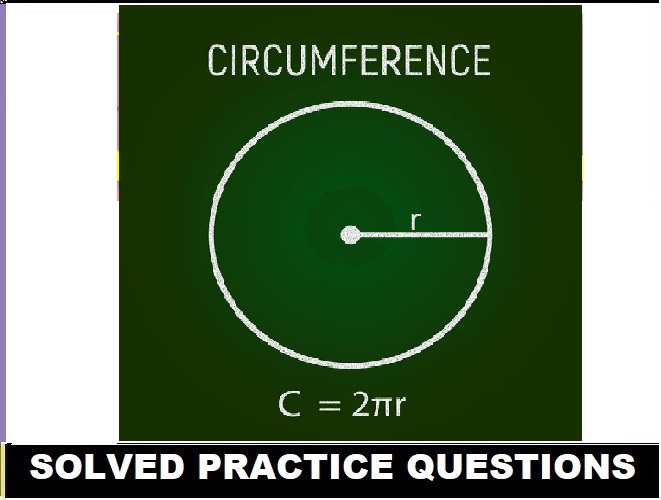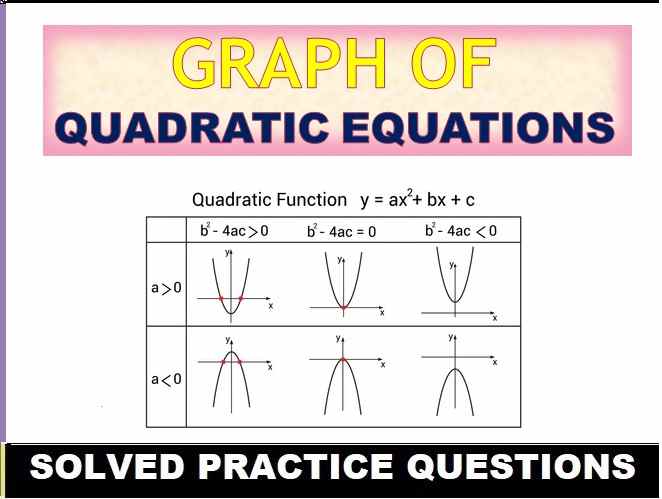Reflection of Light on Plane Surfaces Class-8th Goyal Brothers Physics Solutions Chapter-5 (Light Energy), unit-1 (Reflection of Light on Plane Surfaces). We Provide Step by Step Answers of Objective, True False, Incorrect and Correct, Fill in the blanks, Match the following , Short/Long Answer Type of Chapter-5 (Light Energy), unit-1 (Reflection of Light on Plane Surfaces) Visit official Website CISCE for detail information about ICSE Board Class-8.
Reflection of Light on Plane Surfaces ICSE Class-8th Goyal Brothers Physics Solution Chapter-5 Unit-1
| Board | ICSE |
| Class | 8th |
| Subject | Physics |
| Book Name | Goyal Brothers |
| Chapter-5 | Light Energy |
| Unit-1 | Reflection of Light on Plane Surfaces |
| Topic | Solution of exercise questions |
| Session | 2023-24 |
OBJECTIVE QUESTION
Reflection of Light on Plane Surfaces ICSE Class-8th Goyal Brothers Physics Solution Chapter-5 Unit-1
Que: A. Fill in the blank spaces by choosing the correct words from the list given below:
List : normal, real, incident, regular, same
1. The light falling on the mirror is called the incident ray.
2. The perpendicular drawn at the point of incidence is called normal.
3. The incident ray, reflected ray and the normal at the point of incidence, all lie in the same plane.
4. The image which can be obtained on a screen is called a real image.
5. When all the parallel rays reflected from a smooth surface are parallel in one direction, is known as regular reflection.
Que: B. Statements given below are incorrect. Write the correct statements :
Question: 1. The ray of light after striking the mirror moves in same direction.
Answer: The ray of light after striking the mirror moves in different direction.
Question: 2. Virtual image can be obtained on a screen.
Answer: Real image can be obtained on a screen.
Question: 3. Regular reflection is caused by the irregularities in the reflecting surface.
Answer: Regular reflection is caused by the regularities in the reflecting surface.
Question: 4. Images in mirrors are formed by regular reflection.
Answer: Images in mirrors are formed by diffused reflection.
Question: 5. In periscope, the mirror surfaces are arranged perpendicular to each other.
Answer: In periscope, the mirror surfaces are arranged 45 to each other.
Que: C. Write ‘True’ or ‘False’ for the following statements :
| Statement | True/False |
| 1. The angel formed by incident ray with normal is known as angle of incidence. | T |
| 2. The reflected ray leaves the mirror at not the same angle at which the incident ray strikes it. | F |
| 3. In the experiment of reflection of light, white sheet of paper acts as a plane. | T |
| 4. Real image is always erect and laterally inverted. | F |
| 5. Laws of reflection are valid for every surface. | F |
Que: D. Tick (√) the most appropriate answer :
1. The image formed by a plane mirror is :
(a) virtual
(b) laterally inverted
(c) erect
(d) all of these
Answer: option (d) all of these is correct.
2. The diffused reflection takes place from :
(a) plane mirror
(b) still water
(c) smooth polished surface
(d) trees
Answer: option (d) trees is correct.
3. The regular reflection takes place from :
(a) stone
(b) plane mirror
(c) brick
(d) book
Answer: option (b) plane mirror is correct.
4. The angle which the reflected ray makes with the normal during reflection is called :
(a) angle of reflection
(b) angle of incidence
(c) both (a) and (b)
(d) none of these
Answer: option (a) angle of reflection is correct.
5. An image taken on the screen is :
(a) virtual
(b) lateral
(c) real
(d) none of these
Answer: option (c) real is correct.
Que: E. Match the statements in Column A, with those in Column B :
| Column A | Column B |
| 1. The angle between incident ray and the normal. | (a) Real image |
| 2. The angle between reflected ray and the normal. | (b) Virtual image |
| 3. The image taken on the screen. | (c) Lateral inversion |
| 4. The image cannot be taken on the screen. | (d) Angle of reflection |
| 5. The left appearing right and right appearing left on reflection on a plane mirror. | (e) Angle of incidence |
Answer:
| Column A | Column B |
| 1. The angle between incident ray and the normal. | (a) Angle of incidence |
| 2. The angle between reflected ray and the normal. | (b) Angle of reflection |
| 3. The image taken on the screen. | (c) Real image |
| 4. The image cannot be taken on the screen. | (d) Virtual image |
| 5. The left appearing right and right appearing left on reflection on a plane mirror. | (e) Lateral inversion |
STUDY QUESTION
Reflection of Light on Plane Surfaces ICSE Class-8th Goyal Brothers Physics Solution Chapter-5 Unit-1
Question: 1. Define the following :
(a) Angle of incidence
Answer: The angle formed between the normal and the incident ray at the point of incidence is called the angle of incidence.
(b) Angle of reflection
Answer: The angle between reflected ray and the normal at the point of incidence to a reflecting surface is known as angle of reflection.
(c) Normal
Answer: The perpendicular line drawn from, the point of incidence to the plane of reflecting surface is called normal.
(d) Incident ray
Answer: A ray of light that falls on any surface is called as an incident ray.
(e) Reflected ray
Answer: The ray of light that is sent back after reflection by the mirror is called the reflected ray.
Question: 2. (a) What is meant by reflection ?
Answer: The bouncing back of light into the same medium after striking a surface is called reflection.
(b) State the laws of reflection.
Answer: The law of reflection states that the incident ray, the reflected ray, and the normal to the surface of the mirror all lie in the same plane. Furthermore, the angle of reflection is equal to the angle of incidence. A light ray incident upon a reflective surface will be reflected at an angle equal to the incident angle.
Question: 3. (a) Define real and virtual images.
Answer: A real image is formed by the actual intersection of light rays whereas a virtual image is formed by the imaginary intersection of light rays.
(b) State the differences between real and virtual images.
Answer: The following are the differences between a real image and virtual image:
- A real image can be caught on a screen whereas a virtual image cannot be caught on a screen.
- A real image is always inverted whereas a virtual image is always erect.
- A real image is formed when the rays of light after reflection or refraction actually meet at some point whereas a virtual image is formed when the rays of light after reflection or refraction appear to meet at a point.
- A real image is formed by the actual intersection of light rays whereas a virtual image is formed by the imaginary intersection of light rays.
- A real image can be formed in in a screen but a virtual image can be only seen in the mirror.
- A real image is formed by only concave mirror however a virtual image can be formed by concave, convex and plane mirror also.
Question: 4. (a) Define plane mirror.
Answer: A plane mirror is a smooth or highly polished surface that reflects light in order to form an image.
(b) State the characteristics of image formed by a plane mirror.
Answer: Characteristics of image formed by a plane mirror are:
- The image formed is virtual.
- The image is laterally inverted.
- It is of the same size as the object.
- The image is erect.
- Distance of image from the mirror will be the same as the distance of the object from the mirror.
Question: 5. What do you mean by regular and diffused reflections ?
Answer: Regular reflection occurs at the surface of a plane surface like a plane mirror. Reflected rays after regular reflection are parallel. Diffused reflection occurs at the surface of a rough surface like cardboard. Reflected rays after regular reflection are not parallel.
Question: 6. Describe principle and working of the periscope.
Answer: It works on the principle of simple reflection. Light from the object is reflected by a series of mirrors inclined at a certain angle which allows it to reach the observer bypassing obstacles that may have been present in a straight line path from the object to the observer. A simple periscope is an optical device that is used to observe objects that may be at a different height level or have obstacles in the straight line sight of the observer and the object.
— : end of Reflection of Light on Plane Surfaces Class-8th Goyal Brothers ICSE Physics Solution Chapter-5 Unit-1 :–-
Return to- ICSE Class -8 Goyal Brothers Physics Solutions
Thanks
Please share with your friends if you find it useful


